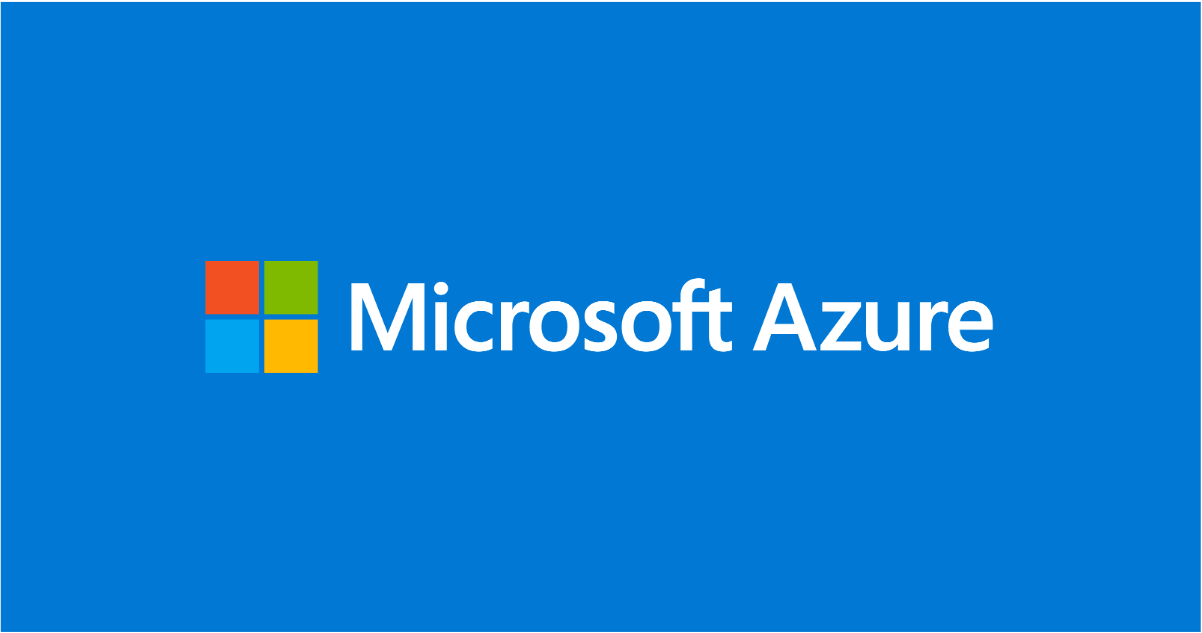Apply critical update for Azure Stack HCI VMs to maintain Azure verification

Azure verification for VMs on Azure Stack HCI makes it possible for Azure-exclusive benefits to work outside of the cloud and in on-premises and edge environments. These benefits include Azure Virtual Desktop for Azure Stack HCI, Windows Server Datacenter: Azure Edition, Extended Security Updates (ESUs) for SQL and Windows Server Virtual Machines (VMs) on Azure Stack HCI, and Azure Policy guest configuration. To keep these workloads continuing to function, periodic updates are required to maintain their security and functionality.
Update Azure Stack HCI VMs
Recently, Microsoft rolled out critical updates for Azure verification for VMs on Azure Stack HCI, and we strongly recommend current users to apply these latest cumulative updates for continued, seamless functionality of your Azure benefits on Azure Stack HCI VMs. The latest VM updates are as follows:
- Azure Virtual Desktop for Azure Stack HCI
- Windows Server Datacenter: Azure Edition
- Windows Server 2022, 4B update (KB5036909)
- Extended Security Updates (ESUs) on Azure Stack HCI
- Windows Server 2008, 2024.2B SSU KB5034867
- Windows Server 2008 R2, 2024.2B SSU KB5034866
- Windows Server 2012, 2024.4B SSU KB5037022
- Windows Server 2012 R2, 2024.4B SSU KB5037021
- For full details, see Latest Servicing Stack Updates
Azure Stack HCI VMs can be updated using a variety of methods including Windows Update, Azure Update Manager, Windows Server Update Services, or System Center Virtual Machine Manager. Please note that not all OSes are supported with Azure Update Manager, see Azure Update Manager support matrix.
We recommend that these VMs updates be completed by June 17, 2024 to avoid possible impact to your current workloads and licensing of these Azure benefits. If you do not update your Azure Stack HCI VMs to the latest version as noted above, you may see issues with the Azure verification and licensing of Azure Stack HCI VMs. Please update the VMs at that time and reach out to Microsoft Support if there are further questions or issues.
This update is not critical if you are not using the Azure benefits enabled by Azure verification of Azure Stack HCI VMs.
Update Azure Stack HCI Azure Marketplace VM Images
If you’re using Azure Marketplace VM images, we also recommend updating pre-existing Azure Marketplace VM images on your Azure Stack HCI cluster to the latest versions. The updated VM images are available now on Azure Marketplace and for update in the Azure Portal.
More Information
For full details on updates, please see Azure verification for VMs - Azure Stack HCI.
For more information regarding why this update is recommended, please review this Tech Community blog for more details on updates to Azure verification.
Published on:
Learn moreRelated posts
Automating Business PDFs Using Azure Document Intelligence and Power Automate
In today’s data-driven enterprises, critical business information often arrives in the form of PDFs—bank statements, invoices, policy document...
Azure Developer CLI (azd) Dec 2025 – Extensions Enhancements, Foundry Rebranding, and Azure Pipelines Improvements
This post announces the December release of the Azure Developer CLI (`azd`). The post Azure Developer CLI (azd) Dec 2025 – Extensions En...
Unlock the power of distributed graph databases with JanusGraph and Azure Apache Cassandra
Connecting the Dots: How Graph Databases Drive Innovation In today’s data-rich world, organizations face challenges that go beyond simple tabl...
Azure Boards integration with GitHub Copilot
A few months ago we introduced the Azure Boards integration with GitHub Copilot in private preview. The goal was simple: allow teams to take a...
Microsoft Dataverse – Monitor batch workloads with Azure Monitor Application Insights
We are announcing the ability to monitor batch workload telemetry in Azure Monitor Application Insights for finance and operations apps in Mic...
Copilot Studio: Connect An Azure SQL Database As Knowledge
Copilot Studio can connect to an Azure SQL database and use its structured data as ... The post Copilot Studio: Connect An Azure SQL Database ...
Retirement of Global Personal Access Tokens in Azure DevOps
In the new year, we’ll be retiring the Global Personal Access Token (PAT) type in Azure DevOps. Global PATs allow users to authenticate across...
Azure Cosmos DB vNext Emulator: Query and Observability Enhancements
The Azure Cosmos DB Linux-based vNext emulator (preview) is a local version of the Azure Cosmos DB service that runs as a Docker container on ...